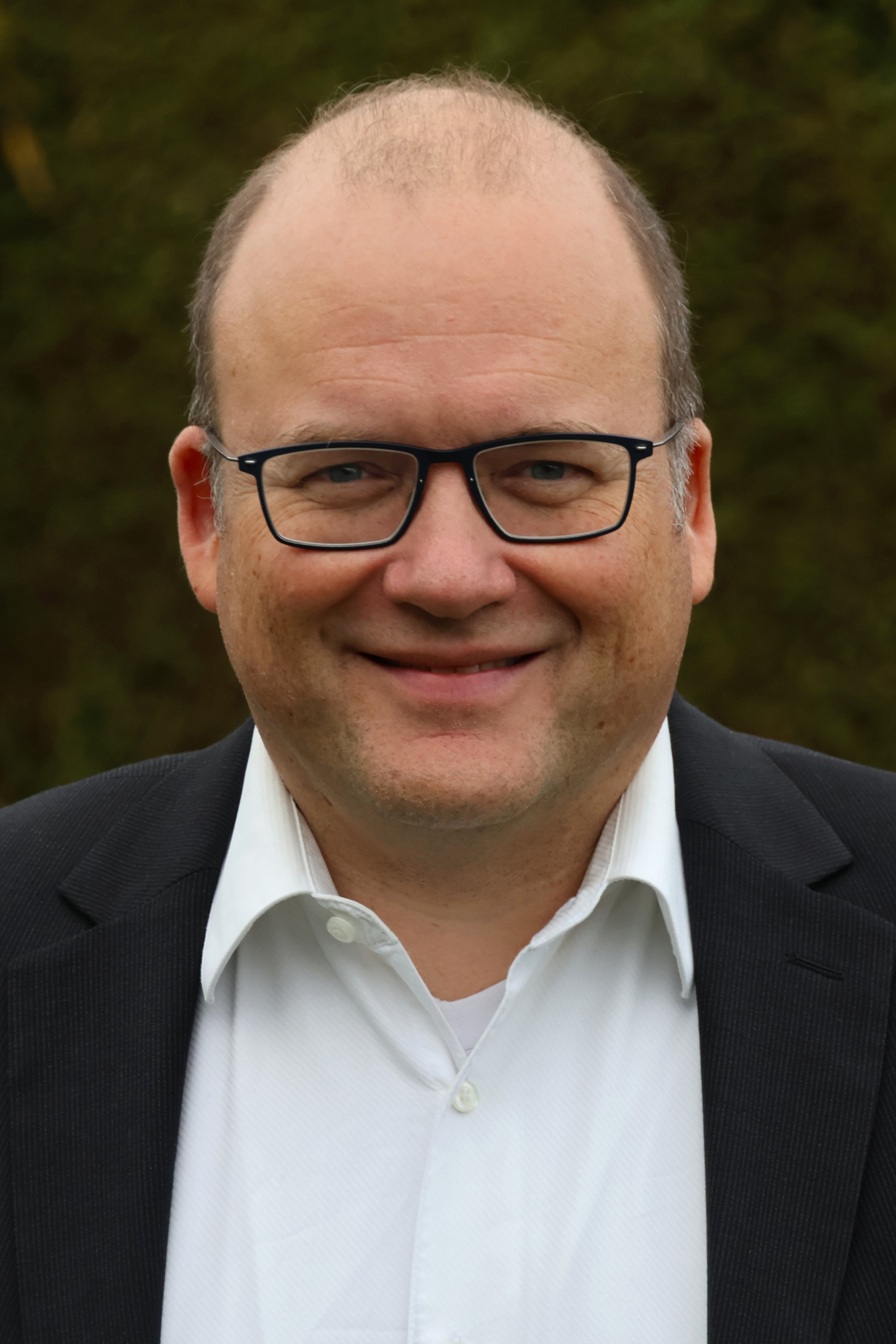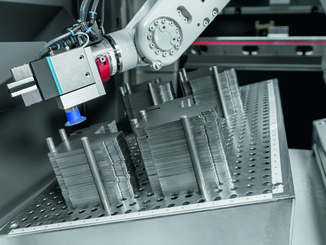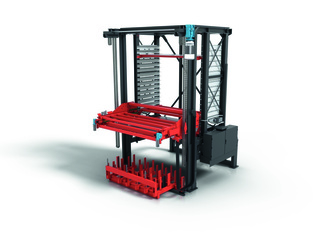
There are always great opportunities for cost savings in production. The conversion of laser cutting technology from CO2 lasers to the fiber laser concept has drastically reduced processing times at Metallbau Nick. The improvements currently achieved can reduce cutting times by over 50 percent, depending on the component and material quality.
Manufacturers of medium and large series such as Metallbau Nick GmbH are constantly looking for optimization potential. “Many people associate metal construction with the classic trades of staircase and balcony railing construction and less with metal production with sheet metal and laser processing. We manufacture laser-machined metal parts, welded assemblies and powder coating, with a high level of vertical integration and modern laser technology and robotics such as fiber lasers,” explains Dr. Markus Stanik, Managing Director of the medium-sized metal construction and Lampertheim-based company. Sheet metal processing specialists “Process optimization and automation allow us to make better use of machine and personnel resources while also reducing manufacturing costs.” In recent years, for example, a laser welding robot and a bending robot have been integrated into the production process. But the metal fabricator has also invested in fiber laser cutting machines such as the Bystronic ByStar Fiber with 6 KW cutting power.

© Metallbau Nick
Faster, more precise and energy-efficient
A 50 percent improvement in cutting speed means significant time and cost savings. These cutting time advantages could often not be implemented in production when cutting sheet metal in the thin and medium thickness range (1 to 5 mm): “For us, not only is material quality extremely important for efficient production, but we are also constantly focusing on the continuous improvement of cutting parameters,” says Dr. Stanik, explaining the implementation of the fiber laser in his 75-employee company. “This is the only way we can achieve economic results.” In the past, for example, the standard cutting parameters caused a large burr to form on the laser components. This then had to be laboriously removed in post-production. “By continuously optimizing the machine parameters and our fibre laser concept, we have succeeded in reducing this burr to a minimum. This has enabled us to save the costs for the additional machining process of deburring,” says Managing Director Dr. Stanik.
Fiber lasers have now proven to be the ideal complement to the existing CO2 lasers. Cutting speeds have often more than doubled compared to CO2 lasers, especially with thinner sheet thicknesses. The metalworker also showed that the use of modern laser technology also offers great potential for saving energy. “The new generation of lasers is more energy-efficient and more effective. This is an important economic factor in today’s world and is also of interest to customers who value sustainably produced components,” emphasizes Dr. Stanik.



